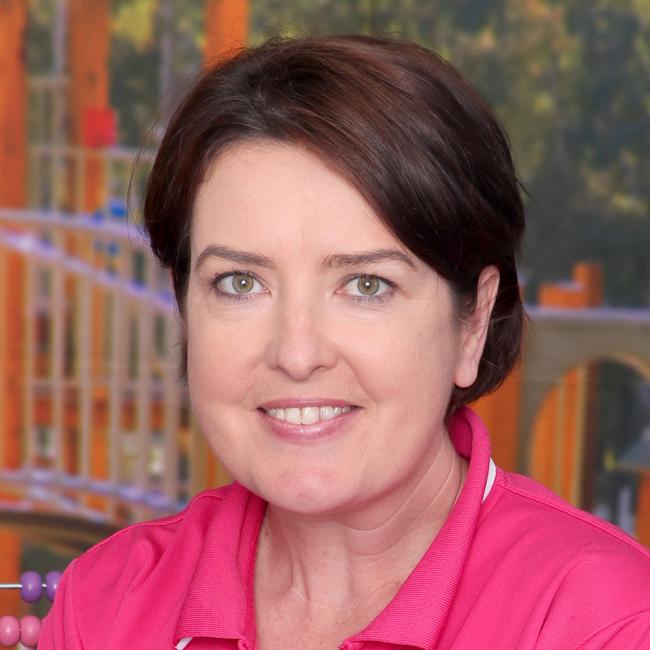Childcare centres, Blacktown: Preschools struggling to meet community demand
There is high competition for childcare places across the Blacktown region, with one preschool saying it can’t meet the demand. See why the region is described as a “childcare desert”.
Blacktown
Don't miss out on the headlines from Blacktown. Followed categories will be added to My News.
There is high competition for childcare places across the Blacktown region, with only one spot for every 2.3 children a new report has shown.
Even more concerning is 64 per cent of the Blacktown area is considered a ‘childcare desert’, which are places where there are more than three kids for every childcare place available, according to a report from the Victoria University affiliated Mitchell Institute.
The struggles are not unique to Blacktown, with a serious shortage of places across the state.
The director of Mary Queen of the Family Parish preschool, Donna Harding, said the number of childcare centres had expanded to meet the rise in demand.
“We are so proud to be serving almost a hundred families at Mary Queen of the Family Parish preschool,” she said.
“The need for our services persisted through and has grown since Covid lockdown and the preschool currently has a waiting list.

A spokeswoman for Country Life Child Care Centre at Schofields said the centre received daily inquiries about childcare availability but did not have enough capacity to meet demand.
“We are receiving many inquiries for care daily and definitely do not have the capacity to accept every inquiry,” she said.
“Our waitlist is long, particularly for our 0-2 aged children. Families could be waiting for a minimum of six to 12 months.
“Our waiting list is long due to the amount of people that have moved into the area over the last five years and only being a smaller centre, we just cannot cater to the community’s needs.”
The report from Victoria University affiliated Mitchell Institute revealed some three million people in NSW are living in what it qualifies as ‘childcare deserts’, which are places where there are more than three kids for every childcare place available.
The geographical divide is stark, with suburbs in the inner city having a range of childcare options, while parents in the southwest and western suburbs, along with regional NSW, have to compete for very few places.
The report’s lead author, Dr Peter Hurley, argues that the privatised childcare sector isn’t opening centres where the demand is highest, but where the owners can charge the highest fees.
“Our research shows that the most expensive childcare in Australian cities are also in suburbs with more childcare places, suggesting there is an incentive for providers to open in wealthier areas where families can afford to pay higher fees,” Dr Hurley said.





